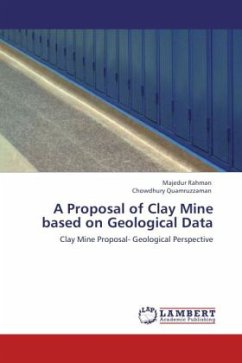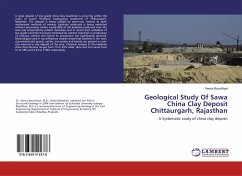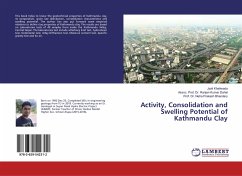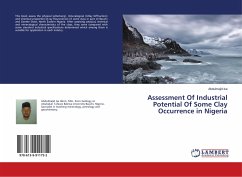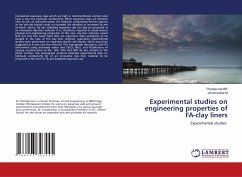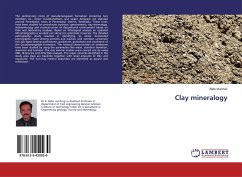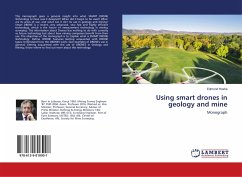Since the drawn of civilization, cement has been the prime mover of human being. With the progress of civilization and technological developments, more and more improvise forms of building construction, as well as Culverts, Bridge etc. were discovered and come into uses. In the Sunamganj district, Bangladesh there exist three cement factories. All of them producing cement by importing limestone form India and clay procuring locally by 3rd parties. Due to some unavoidable circumstances, sometimes it hinders clay supply by the parties and accordingly production process is also interrupted. Under such scenario it is apprehended that if those cement company produce clay locally, they may overcome such problem and improve production and costing. Finally, pit boundary is determined by pit optimization method and recoverable reserve estimate is 60-70 million tons. If the extraction of clay is about 2 million tons per year the mine will survive for 30-35 years.
Bitte wählen Sie Ihr Anliegen aus.
Rechnungen
Retourenschein anfordern
Bestellstatus
Storno

